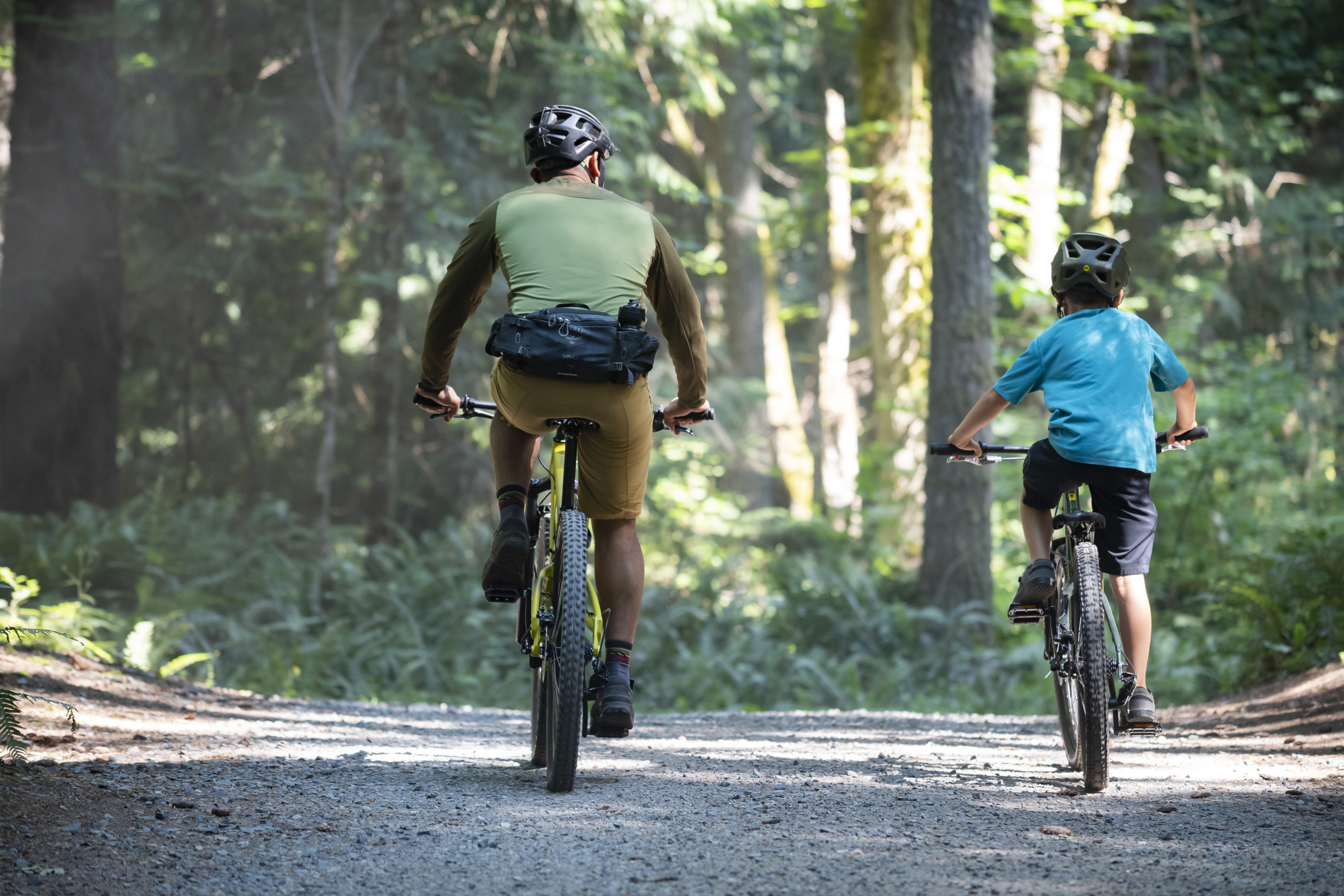1. Ensure your saddle is flat
Use a level and adjust the saddle so it is level to the ground.
2. Assume a natural cycling position
Warm up for 15 minutes, then extend your right leg as if it were the little hand of a clock pointing to 5:30 (use a trainer or balance against a wall). Most riders’ heels rise while pedaling. Lift yours 2 centimeters above the pedal when your leg is extended.
3. Saddle height
Start with your saddle height 1-2 inches below the top of your hip.
Ensure saddle angle is level with the ground and near center on the rails. Lean safely against the wall or have someone hold the front of the bike stable. Sit on the saddle and place both heels on the pedals. Rotate the crank backwards until the pedal is in the down position and the crank arm is parallel to the seat tube
If your leg is not straight, your saddle height needs to be adjusted; if your hips must rock for the heel to reach the pedal, the saddle is too high; if your leg is bent at the knee with your heel on the pedal, the saddle is too low
When you place your foot back the pedal correctly your will have a slight bend in your knee.
4. Set Cleat Position
Set cleats by finding the center position of your foot, cleat, and pedal. Slip on your shoes, run masking tape along the outside, and mark it at the widest point of your foot. Align the middle of the cleat with that line, or up to 2 centimeters behind it.
5. Set fore/aft position
With cranks level, lower a plumb bob (tie a 30-inch piece of string to a rock if you don’t have one) from the front of your kneecap to where the pedal spindle connects to the crank arm. If the line falls in front of or behind the spindle, slide your seat forward or back, then recheck.
Measure from the center of the bottom bracket to the seat top. Then drop the plumb bob from your saddle tip and measure from the string to the center of the bottom bracket. Record both numbers and mark the correct position on your seatpost and saddle rails.





